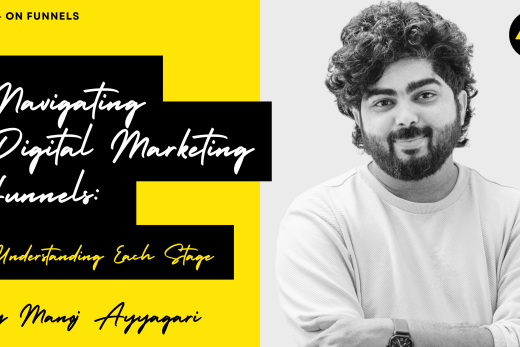
In today’s competitive landscape, staying ahead in digital marketing requires more than just basic tactics. Businesses must adopt advanced digital marketing strategies to effectively reach their target audience and drive sustainable growth. Whether you’re looking to improve your conversions, expand your reach, or boost brand loyalty, these strategies can make a significant impact.
Here are 5 advanced digital marketing strategies to help you propel your business forward.
1. Leverage Data-Driven Marketing
Data is the backbone of any successful marketing strategy, and adopting a data-driven approach can transform the way you engage with customers. By analyzing customer behavior, preferences, and interactions across multiple channels, you can make informed decisions that lead to better targeting and personalized marketing.
For example, using tools like Google Analytics, HubSpot, or Kissmetrics, you can gain deep insights into which marketing channels are performing best, what content resonates with your audience, and how to optimize your campaigns for better results. With data-driven marketing, you’re not just guessing what works—you have the metrics to back it up.
Best Practices:
- Track key performance indicators (KPIs) such as website traffic, conversion rates, and customer lifetime value.
- Use A/B testing to refine your ads, landing pages, and email campaigns for optimal performance.
- Segment your audience based on behavior and personalize your marketing messages.
2. Implement AI-Powered Marketing Automation
AI-powered tools are revolutionizing how businesses manage their digital marketing campaigns. With the ability to automate repetitive tasks, such as email marketing, social media posts, and customer interactions, AI allows marketers to focus on strategy and creativity.
AI tools can also analyze large datasets to provide insights into customer preferences and predict future behavior. This helps in creating highly personalized campaigns that deliver relevant content to the right audience at the right time.
Best Practices:
- Use platforms like Mailchimp, ActiveCampaign, or HubSpot for AI-powered email marketing automation.
- Leverage AI for chatbots that offer 24/7 customer support, improving user experience.
- Use predictive analytics tools to forecast trends and optimize ad campaigns based on user data.
3. Prioritize Video Marketing for Higher Engagement
Video content continues to dominate the digital space, offering one of the most effective ways to engage your audience. From explainer videos and product demos to live streams and behind-the-scenes content, video marketing helps humanize your brand and build stronger connections with your audience.
Videos are highly shareable, which can significantly increase your brand’s visibility on social media platforms. Additionally, video content tends to perform better in search results, giving you an SEO boost.
Best Practices:
- Create tutorials, testimonials, or case study videos that showcase the value of your products.
- Use live streaming on platforms like YouTube, Facebook, or Instagram to engage with your audience in real-time.
- Optimize your videos for SEO by using relevant keywords in titles, descriptions, and tags.
4. Focus on Hyper-Personalization
As consumers become more selective, personalized experiences are no longer just an option—they’re an expectation. Hyper-personalization goes beyond simply addressing customers by their names in emails. It involves using real-time data and AI to deliver highly relevant content based on users’ past behaviors, preferences, and buying patterns.
This can be applied across email marketing, social media, and even websites to provide a customized experience that feels tailored to each individual.
Best Practices:
- Use customer data to create personalized email sequences that address specific customer needs.
- Serve personalized product recommendations on your website based on users’ browsing history.
- Implement dynamic content on landing pages that adapts based on user demographics and behavior.
5. Optimize for Voice Search
With the rise of smart speakers and voice assistants like Amazon Alexa, Google Assistant, and Apple’s Siri, optimizing for voice search has become a critical component of modern SEO strategies. Voice search is changing how users interact with search engines, and businesses must adapt to this growing trend by optimizing their content for natural, conversational queries.
Voice search optimization not only improves search rankings but also enhances user experience by providing quick, precise answers to users’ questions.
Best Practices:
- Focus on long-tail keywords and conversational phrases that users might use in voice searches.
- Optimize your website’s FAQ section to answer common questions in a concise, easy-to-understand manner.
- Ensure your website is mobile-friendly and loads quickly, as voice search is commonly used on mobile devices.
Conclusion
To stay ahead in today’s fast-paced digital landscape, businesses need to adopt advanced digital marketing strategies that not only increase engagement but also deliver measurable results. By leveraging data-driven marketing, AI-powered automation, video content, hyper-personalization, and optimizing for voice search, you can position your brand for long-term success.
Which advanced digital marketing strategy are you excited to implement? Let me know in the comments below!
Check out the Latest Blog on The Anatomy of a Perfect Landing Page: A 9-Point Checklist
Follow me on LinkedIn for more




